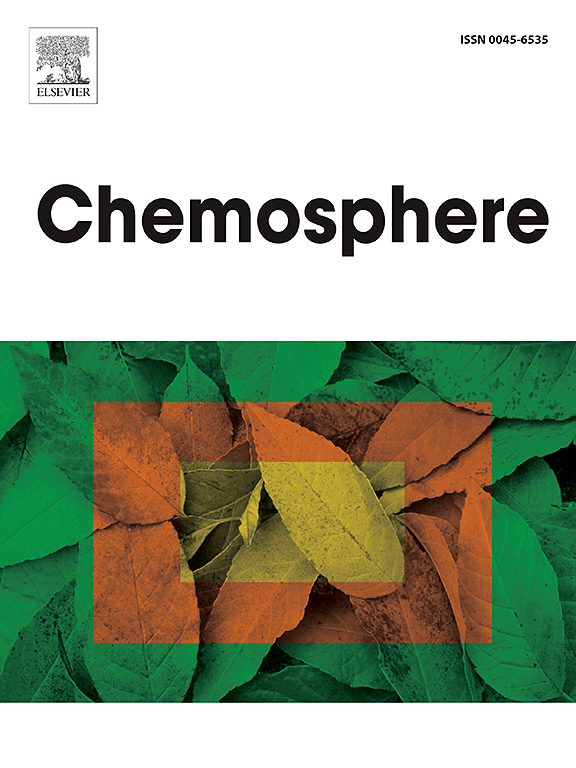Waste cotton-based activated carbon with excellent adsorption performance towards dyes and antibiotics
IF 8.1
2区 环境科学与生态学
Q1 ENVIRONMENTAL SCIENCES
引用次数: 0
Abstract
A novel adsorbent is prepared from waste cotton fiber by a simple pyrolysis-activation process, and it can efficiently adsorb many kinds of organic pollutants (cationic/anionic dyes and antibiotics etc.). The obtained cotton-based activated carbon (CAC) with large specific surface area (3709 m2 g−1) and suitable pore structure provide abundant active sites and fast channels for the adsorption of pollutant molecules. Its saturated adsorption capacities towards methylene blue, Congo Red and tetracycline hydrochloride at room temperature can reach to 2331, 7265 and 1250 mg g−1, respectively. In addition, the optimal sample also exhibits excellent adsorption ability towards Rhodamine B (1327 mg g−1), methyl orange (955 mg g−1) and ciprofloxacin hydrochloride (824 mg g−1). The adsorption involves a multi-process including pore filling, Van der Waals force interaction, electrostatic attraction, hydrogen bond formation, surface complexation and π-π stacking etc. The CAC adsorbent also exhibits excellent resistance to environmental disturbances (pH, coexisting ions and multicomponent systems etc.) and good regeneration/recycling performance. This study develops a high-efficiency biomass-based adsorbent with excellent adsorption performance and application generality, which has great potential in wastewater treatment.

废棉基活性炭对染料和抗生素具有优异的吸附性能
以废棉纤维为原料,采用简单的热解活化工艺制备了一种新型吸附剂,该吸附剂能有效吸附多种有机污染物(阳离子/阴离子染料和抗生素等)。所得的棉基活性炭(CAC)具有较大的比表面积(3709 m2 g−1)和合适的孔隙结构,为污染物分子的吸附提供了丰富的活性位点和快速通道。室温下对亚甲蓝、刚果红和盐酸四环素的饱和吸附量分别可达2331、7265和1250 mg g−1。此外,最佳样品对罗丹明B (1327 mg g−1)、甲基橙(955 mg g−1)和盐酸环丙沙星(824 mg g−1)也有良好的吸附能力。吸附过程包括孔隙填充、范德华力相互作用、静电吸引、氢键形成、表面络合和π-π堆积等。CAC吸附剂还具有优异的抗环境干扰(pH、共存离子和多组分系统等)和良好的再生/回收性能。本研究开发的高效生物质吸附剂具有优异的吸附性能和应用的通用性,在污水处理中具有很大的潜力。
本文章由计算机程序翻译,如有差异,请以英文原文为准。
求助全文
约1分钟内获得全文
求助全文
来源期刊

Chemosphere
环境科学-环境科学
CiteScore
15.80
自引率
8.00%
发文量
4975
审稿时长
3.4 months
期刊介绍:
Chemosphere, being an international multidisciplinary journal, is dedicated to publishing original communications and review articles on chemicals in the environment. The scope covers a wide range of topics, including the identification, quantification, behavior, fate, toxicology, treatment, and remediation of chemicals in the bio-, hydro-, litho-, and atmosphere, ensuring the broad dissemination of research in this field.
 求助内容:
求助内容: 应助结果提醒方式:
应助结果提醒方式:


